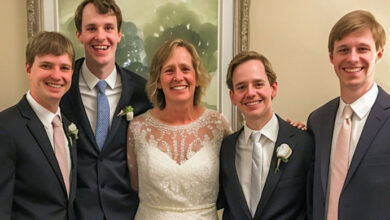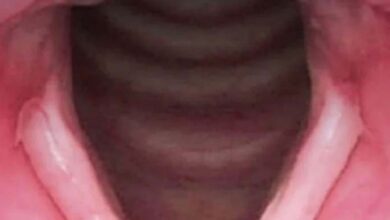These Deadly Bugs Come Out At Nighttime, And Attacking Victims, They Silently Kill Or Leave Them With A Lifelong Infection
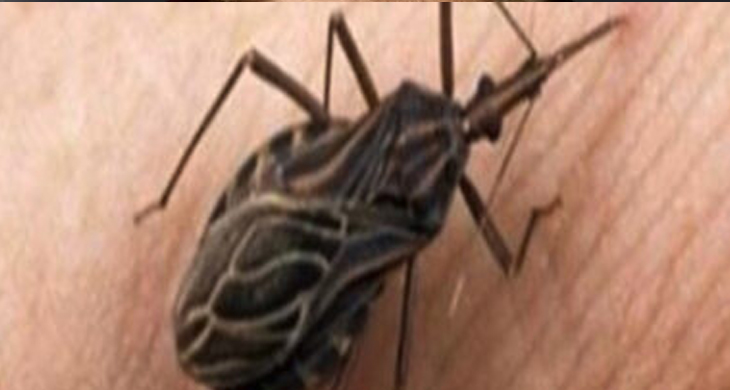
Emiliana Rodrguez remembers being a child and seeing a group of friends play soccer at night. During the game, one of the players collapsed and died.
Rodrguez, a Bolivian native, had no idea what had happened, so she began to fear the night and the silent killer known as Chagas, a “monster” she had been informed only comes out at night.
Rodrguez’s acquaintance was one of the 12,000 individuals who lose their lives annually to Chagas, a different kind of monster known as a “silent and silenced disease” transmitted by nocturnal bugs that infect up to 8 million people annually.
Despite leaving Bolivia for Barcelona 27 years ago, 42-year-old Emiliana Rodrguez still has Chagas disease, which she refers to as a “monster.”
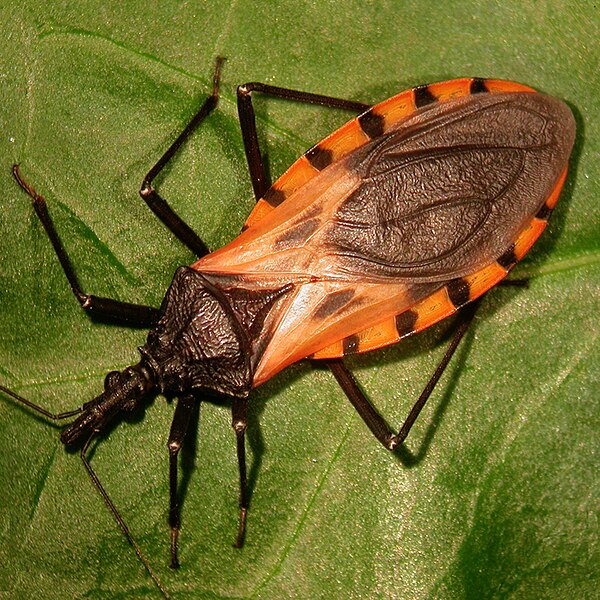
Wikipedia Commons / Felipe Guhl
“The fear usually came at night. Sometimes I didn’t sleep,” she said. “I was afraid of sleeping and not waking up.”
Rodrguez found out she was a Chagas disease carrier eight years ago, when she was expecting her first child.
She recalled her friend’s death and added, “I was paralysed with shock and remembered all those stories my relatives told me about people suddenly dying, I thought, ‘What’s going to happen to my baby?’”
However, Rodriguez had therapy so that the parasite wouldn’t be passed on to her unborn kid through the placenta. Her newborn daughter was a negative test result.
Elvira Idalia Hernández Cuevas, a mother of an 18-year-old in Mexico, had never heard of Chagas before her daughter was diagnosed with the silent killer.
Idalia, a Mexican teenager, was giving blood in her hometown near Veracruz when her sample was examined and she was diagnosed with Chagas, a disease transmitted by the triatomine bugs, sometimes known as kissing or vampire bugs, which feed on human blood.
“I had never heard of Chagas so I started to research it on the internet,” Hernández said in an interview with the Guardian. “I was terrified when I saw it described as a silent killer. I didn’t know what to do or where to go.”
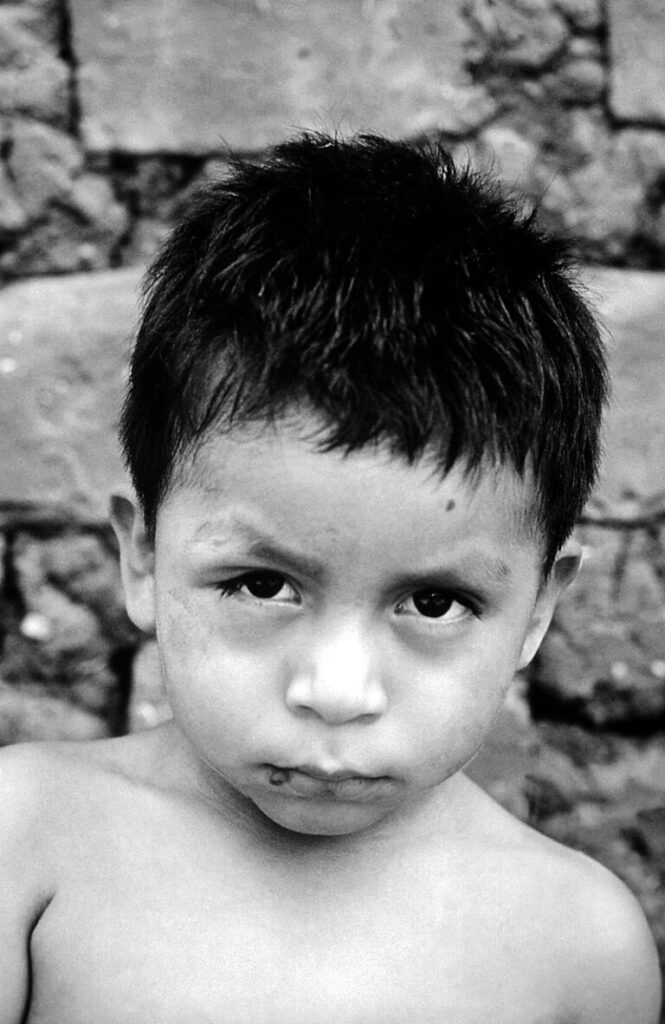
She is not the only one; many individuals do not realize that these pesky insects can spread disease.
The Brazilian doctor and researcher Carlos Ribeiro Justiniano Chagas is credited with discovering the first human case of Chagas disease in 1909.
In recent decades, the geographic range of Chagas disease has expanded to include the Americas, Europe, Asia, and Oceania.
At night, when people are sleeping, kissing bugs emerge out of hiding in the walls of low-income houses in rural or suburban locations.
The T. cruzi infection is spread when an infected bug bites an animal or human and then defecates on the skin, increasing the risk that the victim will scratch the area, allowing the excrement to enter the body through cuts in the skin or open sores.
The majority of the 6 to 7 million people who have Chagas disease globally are ignorant of their condition, according to the World Health Organization (WHO).
These people live in Mexico, Central America, and South America.
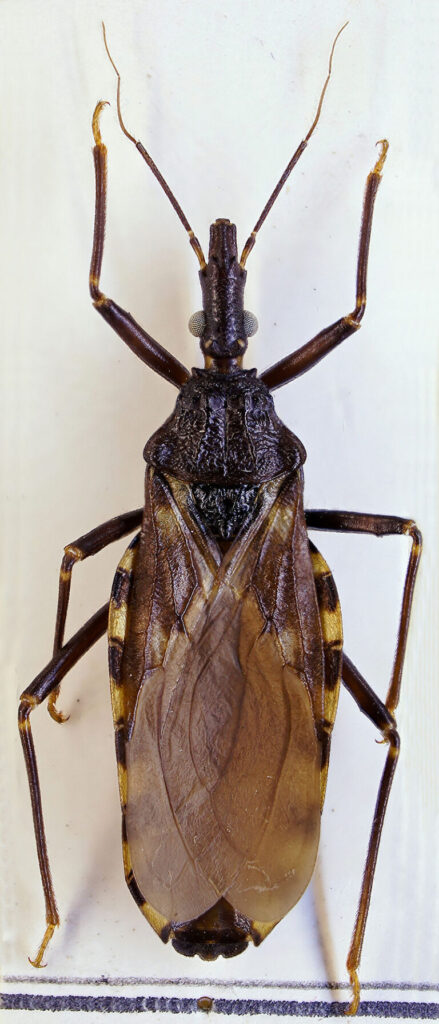
The fatal infection can go untreated for a lifetime. About 12,000 people die of Chagas each year, killing “more people in Latin America than any other parasite disease, including malaria,” writes the Guardian.
Even though close to 300,000 people are infected with these bugs in the United States, the problem is not endemic.
The CDC notes that even among those who never experience symptoms, 20-30% can develop heart issues that might be fatal or gastrointestinal complications that can cause considerable discomfort decades after the initial infection.
The difficulty of treatment and prevention is compounded by a worldwide diagnosis rate of barely 10%.
Hernández and her daughter Idalia went to see various doctors in search of help, but they, too, were clueless about Chagas and its treatment.
“I was surprised, scared and sad because I thought my daughter was going to die. Above all, I couldn’t find out any reliable information, and this added to my anxiety,” Hernández said.
Idalia was able to get the attention she need when she reached out to a relative in the medical field.
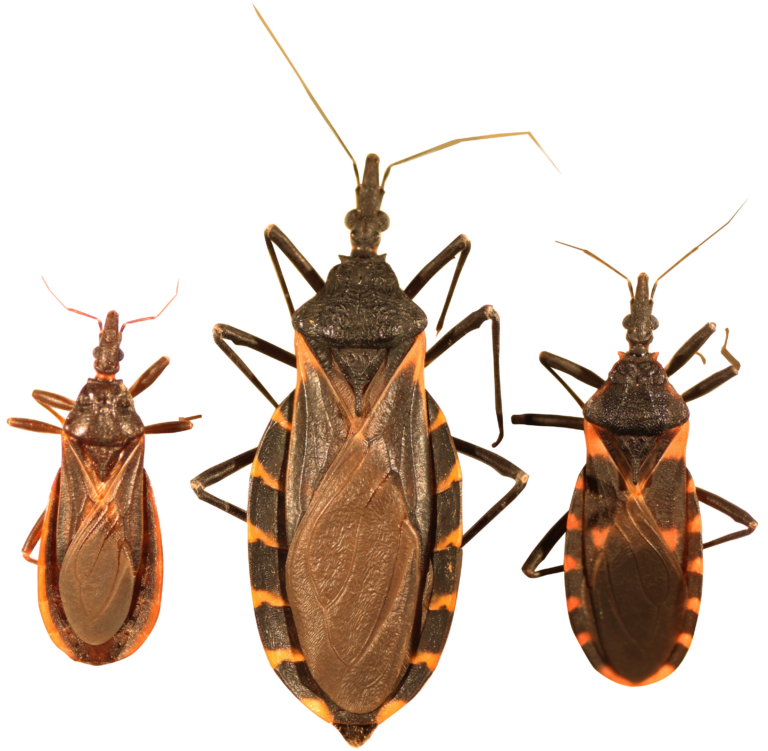
“In Mexico, the authorities say that there aren’t many people affected by Chagas and that it’s under control, but that’s not the situation,” explains Hernández. “Medical professionals don’t receive any training and mistake Chagas for other heart diseases. The majority don’t realize there is Chagas in Mexico.”
In terms of global health policy, the World Health Organization (WHO) classifies Chagas as a neglected tropical illness.
Chagas disease treatment
Colin Forsyth, a research manager at the Drugs for Neglected Diseases Initiative (DNDi), explained that Chagas is neglected partly because “it’s a silent disease that stays hidden for so long in your body … because of the asymptomatic nature of the initial part of the infection.”
Forsyth elaborated on his previous statement by saying, “The people affected just don’t have the power to influence healthcare policy. There’s this confluence of biological and social issues that keep it hidden.”
Transmission of Chagas disease from mother to child during pregnancy or childbirth, as well as through blood transfusions and organ transplants, has recently come to light as the disease spreads to new continents.
The Chagas Hub was founded by Professor David Moore, a doctor at London’s Hospital for Tropical Diseases, with the aim of “more people tested and treated, and to manage the risk of transmission, which in the UK is from mother to child,” he said.
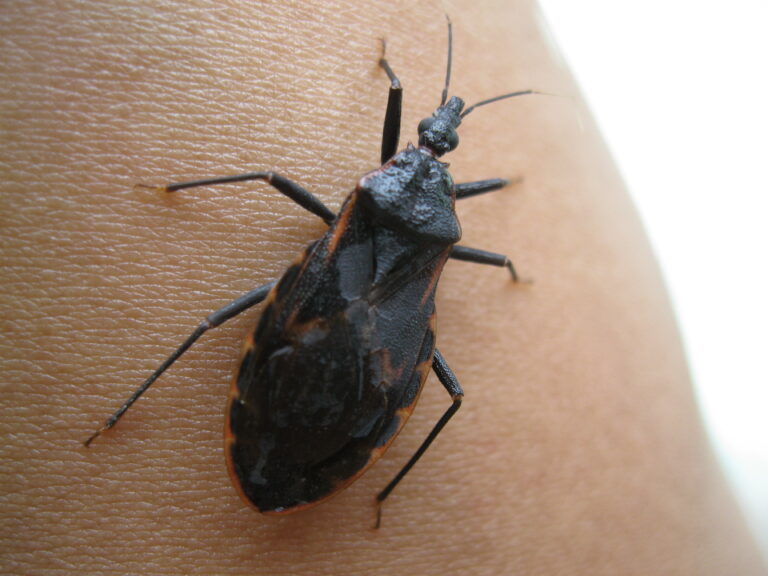
Moore has stated that progress towards eliminating Chagas is “glacial,” and addressing the target set by WHO for a 2030 disease elimination, he said, “I can’t imagine that we’ll be remotely close by 2030. That seems highly unlikely.”
Moore states that the current treatments for Chagas disease, which have been around for 50 years or more, are “toxic, unpleasant, and not particularly effective.” These treatments include benznidazole and nifurtimox.
A newborn can be cured, but there’s no promise that the same drugs can stop or slow the disease in an adult.
For Rodriguez, the most severe reactions included an allergic rash, dizziness, and nausea. She has finished treatment and now has annual checkups.
Moore argues that preventing the spread of Chagas disease requires more effective therapy, but pharmaceutical corporations currently see no commercial value in developing such drugs.
As president of the International Federation of Associations of People Affected by Chagas sickness (FINDECHAGAS), Hernández is on a mission to make the silent sickness louder until there is a bigger market appeal to create additional treatments.
I think I’ve found a triatomine bug; what should I do?
To combat this “monster,” Rodriguez is in Spain, where she is working with the Barcelona Institute for Global Health to raise public awareness of Chagas disease.
“I’m fed up with so much silence,” Rodríguez says. “I want people to talk about Chagas, and to know about it. I want people to get tested and to get treatment.”
Plus, their voices are being heard.
In honor of the day in 1909 when Carlos found the first human case of Chagas disease, the World Health Organization instituted April 14 as World Chagas Disease Day.
The World Health Organization (WHO) states, “Global targets for 2030 and milestones are set out to prevent, control, eliminate and eradicate a diverse set of 20 diseases and disease groups.” Even Chagas is included.
The Centers for Disease Control and Prevention advises the following measures to avert an infestation:
Fill in the spaces between the floor, ceiling, walls, and doors.
Clear the area around your home of any debris.
Repair damaged window and door screens and use them.
Close off any access points to the outdoors, the basement, the attic, and the rest of the house.
Have pets sleep indoors, especially at night
Keep your home and any outdoor places where your pet spends time clean, and inspect for pests on a regular basis.
The Centers for Disease Control and Prevention advises against squashing a kissing bug if you stumble across one.
Carefully placing the bug in a jar and filling it with rubbing alcohol or freezing it in water are better alternatives.
After that, you should bring the bug in its container to a university lab or health agency for identification.
It’s scary to think these insects make their homes in our walls; it’s like the monster in the wall stories you heard as a kid.
Chagas and other Neglected Tropical Diseases need to be eradicated, and we hope the WHO follows through on its vow to do so.
Please SHARE this story and help raise awareness on this silent disease!
